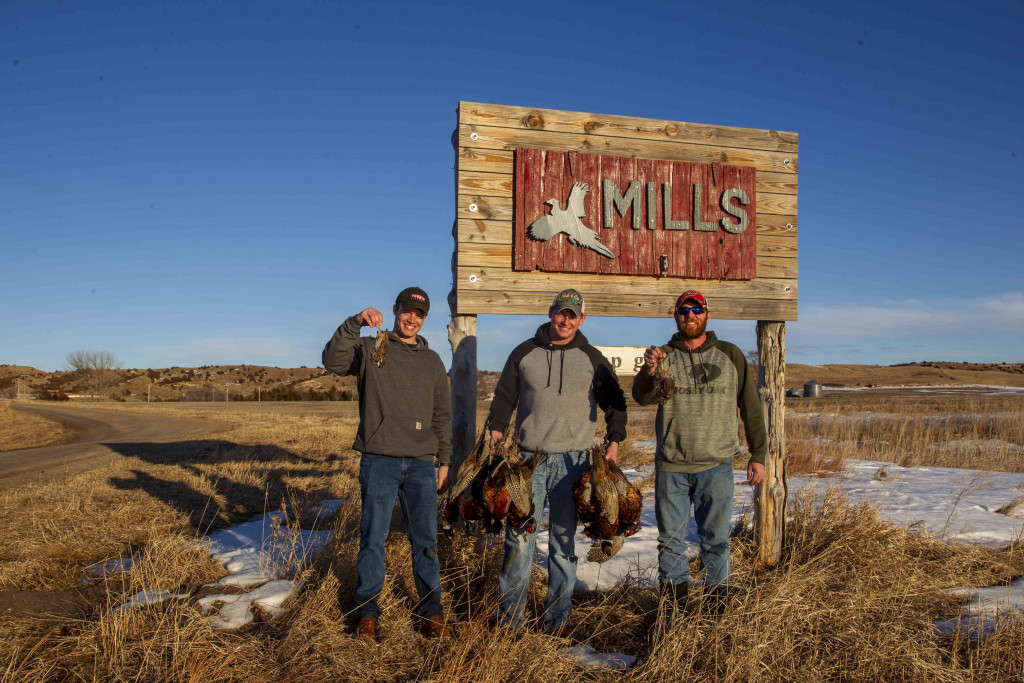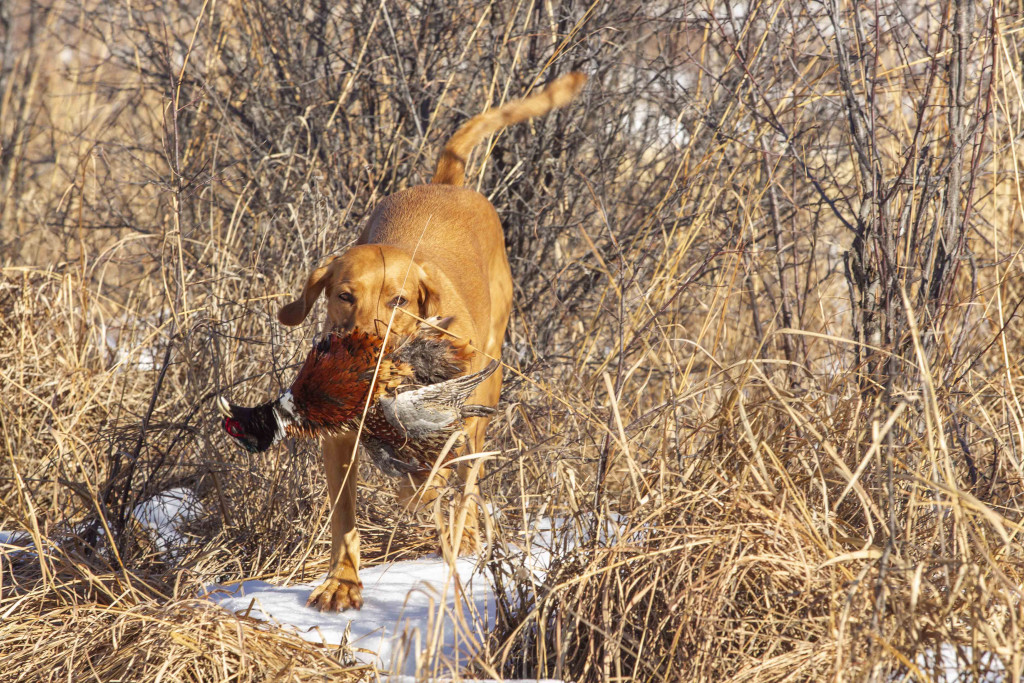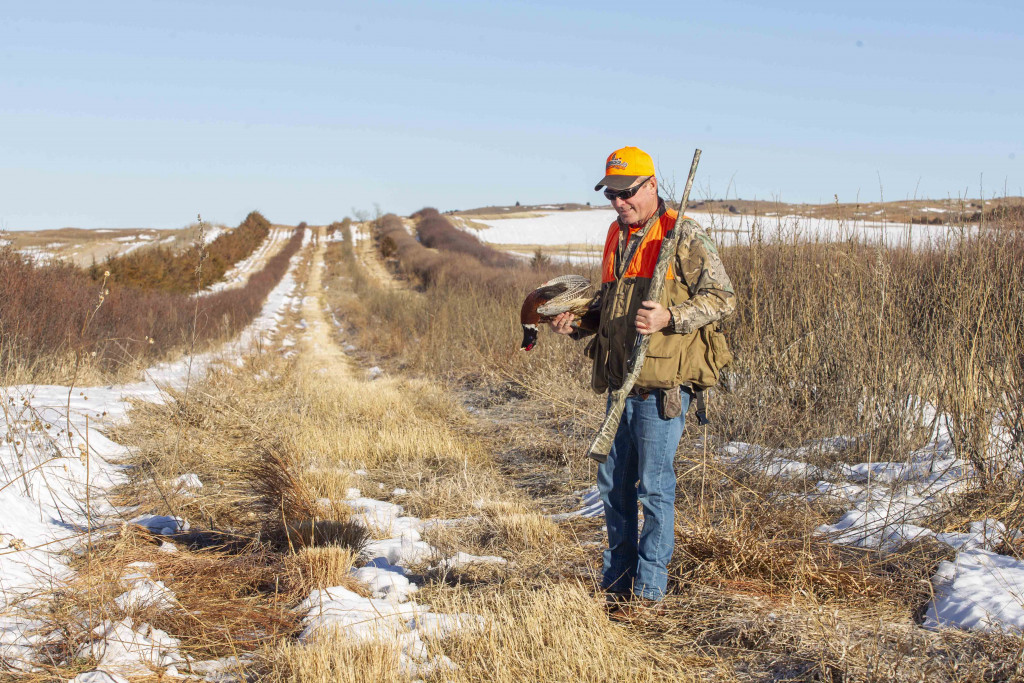Enlarge

Story and photos by Julie Geiser
Controlled shooting areas have been popping up over the landscape for several years now, and hunters are taking advantage of the opportunities available at these places.
Wanting to try it, our family made a trip to Camp George just north of Arnold. This trip was a good way to spend some quality time together while doing what we all love: hunting. Having never been to one of these areas, none of us really knew what to expect, but we were excited to see how a controlled shooting area works.
Traveling to the area we had time to talk about the hunt and crack jokes about who was going to shoot the most, miss the most and burn the most shells. As we crested the hills leading to Camp George, I noticed the abundance of great habitat and cover on the property. It looked like a place that would naturally hold pheasants, quail and grouse. When we arrived, Lester and George Mills, father-son partners at Camp George, were there to greet us and tell us about the hunt.
Lester explained that they have a variety of cover on the property including CRP, food plots and tree strips. There are large populations of wild pheasants, quail and sharp-tailed grouse along with pen-raised pheasants, quail and chukars at the controlled shooting area. Before we arrived, George had stocked pheasants and quail, which were the species we chose to hunt on that day.

As we worked our way through the first field, we traveled slowly as I watched my dog become birdy; her nose was leading her to a scent, and her tail started wagging faster and in a circular motion. Seconds later came the flush of a rooster followed by a single shotgun blast from our son and my dog’s first upland retrieve. To see my dog bring back her first bird was almost like watching a child’s first step, and I was feeling giddy at that point.
As we worked our way through some shrub and tree groves, I noticed that small paths had been mowed, making it easy to walk in while keeping a very natural look and feel to the area with plenty of places for game birds to hide. I, for one, liked walking these cut paths; as an aging hunter, I still have a lot of hop to my step, but this sure made for easier walking.
As we continued through several fields, my dog and my husband’s dog got on many birds. A few single and double pheasants flushed, along with flurries of quail, providing us with some great shooting and a little joking about missed shots.

As we hunted, I couldn’t help but think of how this was a great opportunity to get my young dog on birds. It was also a great field experience that I can apply to hunting walk-in public hunting areas. Furthermore, the hunt was good for my husband’s more-experienced dog as a tune-up for the rest of the upland season. For our family, it was a great way to spend time in the field together making lasting memories.
The hunting season on controlled shooting areas is an extended one that runs Sept. 1 through April 15 every year, which gives hunters more time in the field. New hunters, especially, might find the extra time useful to gain experience and to train their dog.
For more information about controlled shooting areas in Nebraska, visit OutdoorNebraska.gov/csa/. ■
The post Controlled Shooting Areas appeared first on Nebraskaland Magazine.
















